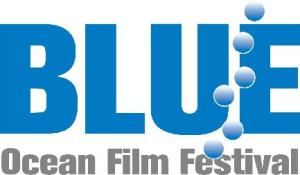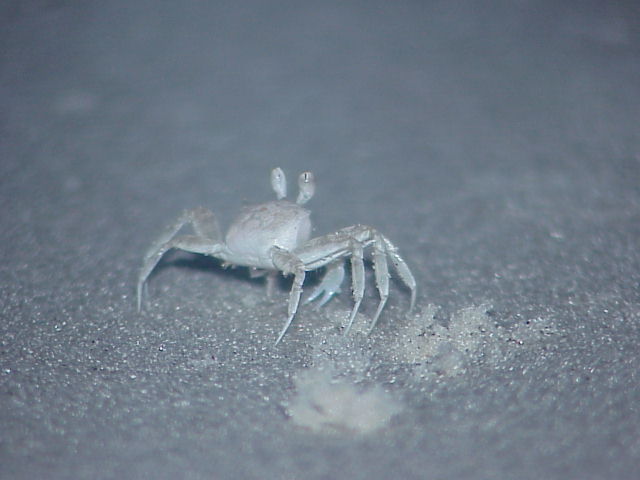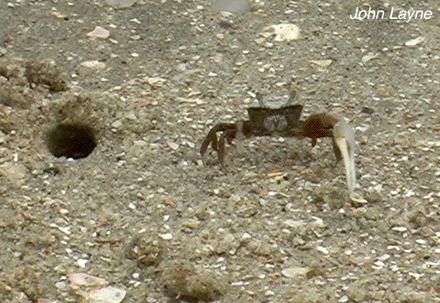The annual BLUE Film Festival was held from August 24-29 in beautiful Monterrey, CA. The event is sponsored by the Monterrey Bay Aquarium and has recently become more and more mainstream attracting many high profile ocean community celebrities. The winner of the festival last year, The Cove, even won an Oscar for best documentary!
I thoroughly enjoyed reading Rick MacPherson’s overview of his time there this year as he recounted how Julie Packard, Executive Director of Monterrey Bay Aquarium, challenged the highly talented and knowledgeable audience on how to engage the public to “care enough to do something about it”. Sometimes it seems as though we try and try and still make no headway.
Of course, in the past thirty years the movement to create a public that cares certainly has taken some giant leaps forward. We’ve been made aware of the bountiful wonders of the ocean and there is a collective knowledge that the ocean is in peril. But, that is only the beginning. Attitudes, skills and participation must be challenged as well. How that happens and where it begins is a perplexing question and unique to each individual.
For instance, not too long ago, I asked some colleagues to see how they got a foothold into the environmental education field and mostly the answers did revolve around wanting to teach others about what we love: woods, mountains or oceans.
With me it has been the sense of place. People have linked a strong sense of place as a child to advocacy efforts in adulthood. For instance, would I be as interested in the ocean and fishing communities if I did not grow up in Cape May County, New Jersey? (In 2009, Cape May County was the fourth largest valuable fishing port in the United States.)
Maybe how we, the ocean advocacy community, begin to think about challenging attitudes, skills and participation levels is to remain optimistic. However, this is more often than not a very difficult task (I am about to have my first child so I am all about remaining optimistic and hopeful for the future).
But, in an effort not to let ourselves get too blue, here is a list of accomplishments that would not have occurred without such a dedicated ocean community:
- In early 2010, Washington D.C. began charging for .05 cents for plastic bags. This reduced the rate of plastic bags in the nearby waters by 80% in the first month.
- On July 19, 2010 President Obama signed a National Ocean Policy “to better protect, maintain and restore our nation’s oceans, coasts and Great Lakes“.
- Oceana led a campaign for chlorine factories to commit to becoming mercury-free plants. Five of the nine have made the commitment.
- Environmental Defense Fund successfully worked for a decade to preserve 84 million acres off the coast of the northwestern Hawaiian Islands.
- Individuals worked to stopping aerosol products from depleting the ozone.
This is only a fraction of what has been accomplished! Have another success story? Please add it in the comments to keep the momentum going strong. Thanks!
Image (c) http://www.vimooz.com











What people are saying …